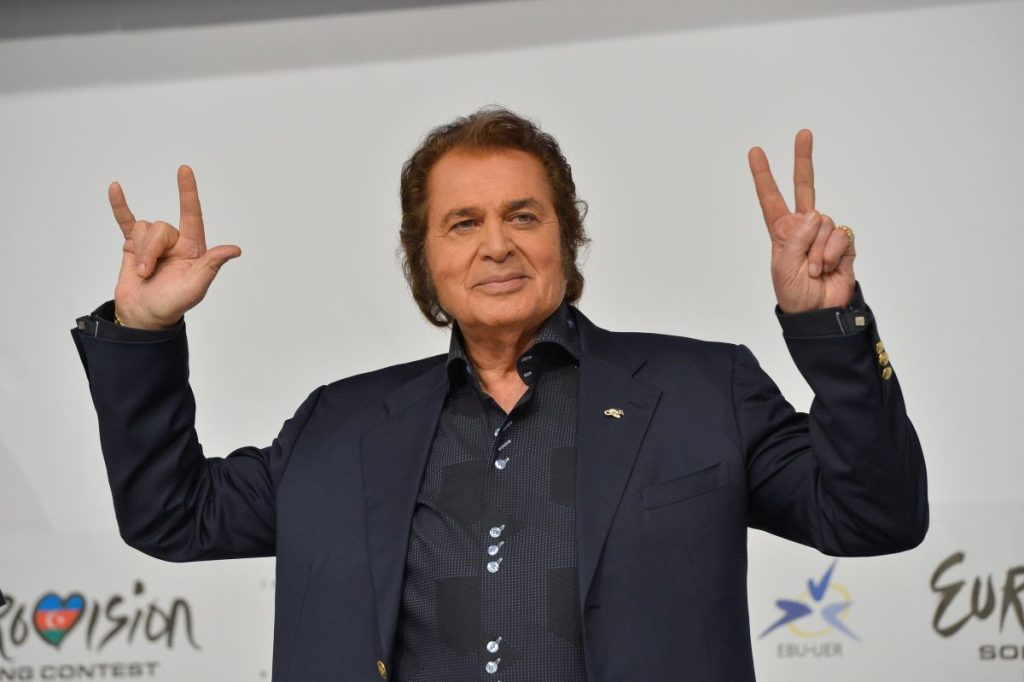
Engelbert Humperdinck’s “The Way It Used To Be”: A Nostalgic Ballad of Love and Loss
In the realm of popular music, there are songs that resonate with listeners on a fundamental level, transcending the boundaries of time and genre. Engelbert Humperdinck’s “The Way It Used To Be” is one such timeless masterpiece, a poignant ballad that has captivated audiences for generations. Released in 1969, the song quickly ascended to the top of the charts, cementing its place as one of Humperdinck’s most enduring hits.
Engelbert Humperdinck, a name synonymous with romantic crooning, imbues the song with his signature velvety vocals, effortlessly conveying the heartfelt emotions embedded within the lyrics. The melody, a delicate blend of melancholic strains and subtle uplifts, perfectly complements the song’s theme of yearning for a bygone era of love and togetherness.
“The Way It Used To Be” is a poignant reflection on the bittersweet pangs of lost love. The lyrics paint a vivid picture of a man reminiscing about happier times spent with his beloved, now lost to him. The song’s opening lines, “Lonely table just for one / In a bright and crowded room,” immediately establish a sense of isolation and longing, setting the stage for the emotional journey that unfolds.
As the song progresses, the singer’s memories intertwine with the present, highlighting the stark contrast between the joy of the past and the loneliness of the present. The lyrics, “Though the music’s still the same / It has a bittersweet refrain,” capture the essence of the song’s melancholic beauty, as the familiar melody serves as a poignant reminder of what has been lost.
The song’s enduring appeal lies in its ability to evoke a universal human experience, the longing for a simpler, happier time when love seemed effortless and unburdened by the complexities of modern life. Humperdinck’s heartfelt vocals and the song’s evocative lyrics transport listeners to a realm of nostalgia, where memories of lost love linger bittersweetly.
“The Way It Used To Be” is more than just a song; it’s an emotional tapestry woven with threads of love, loss, and the bittersweet beauty of nostalgia. Humperdinck’s masterful performance and the song’s timeless message have ensured its place as a cherished classic, a testament to the power of music to touch the human heart.